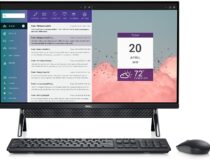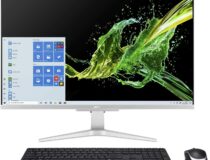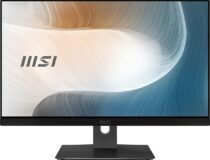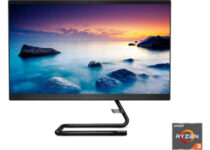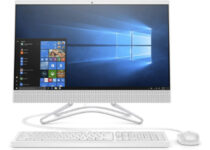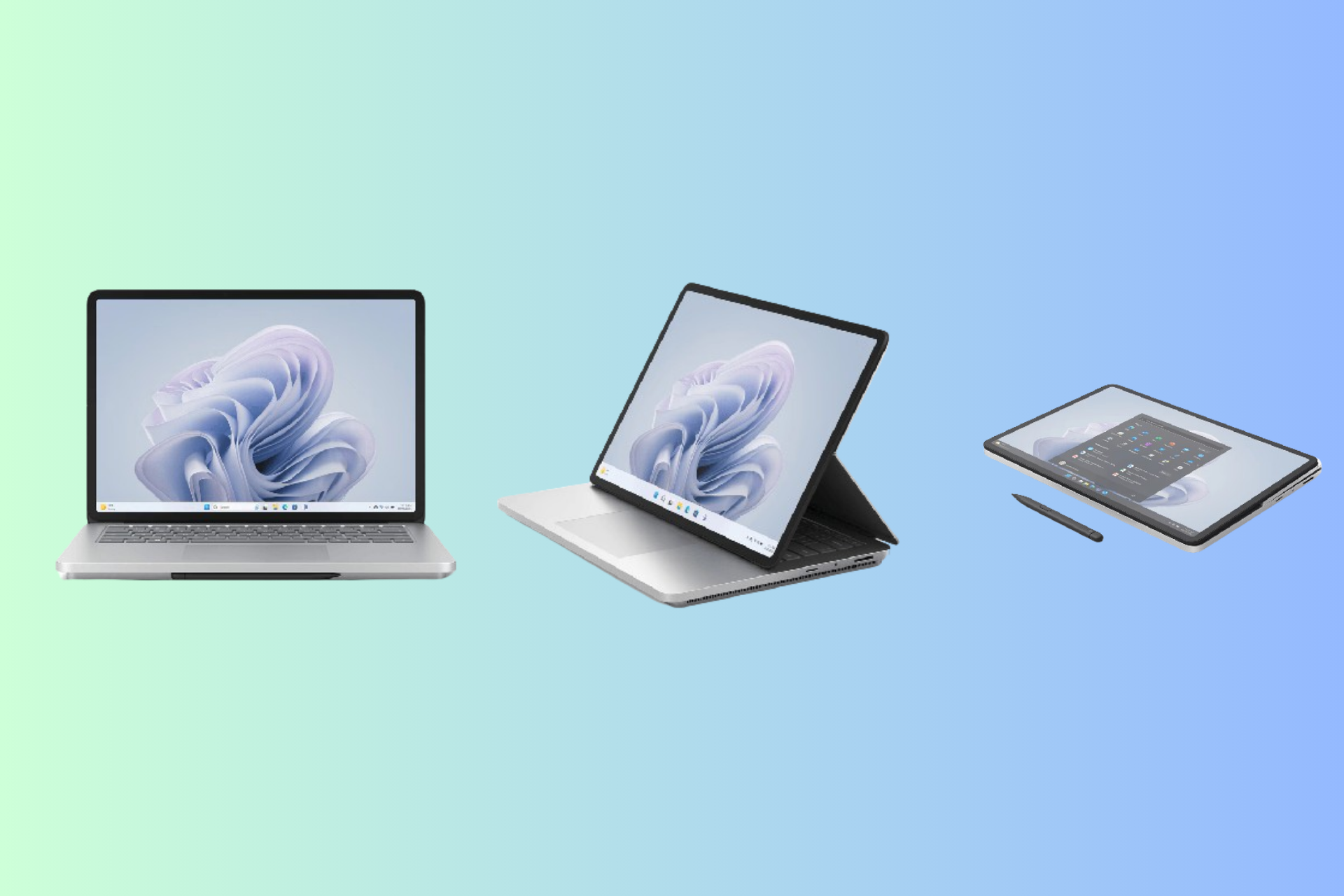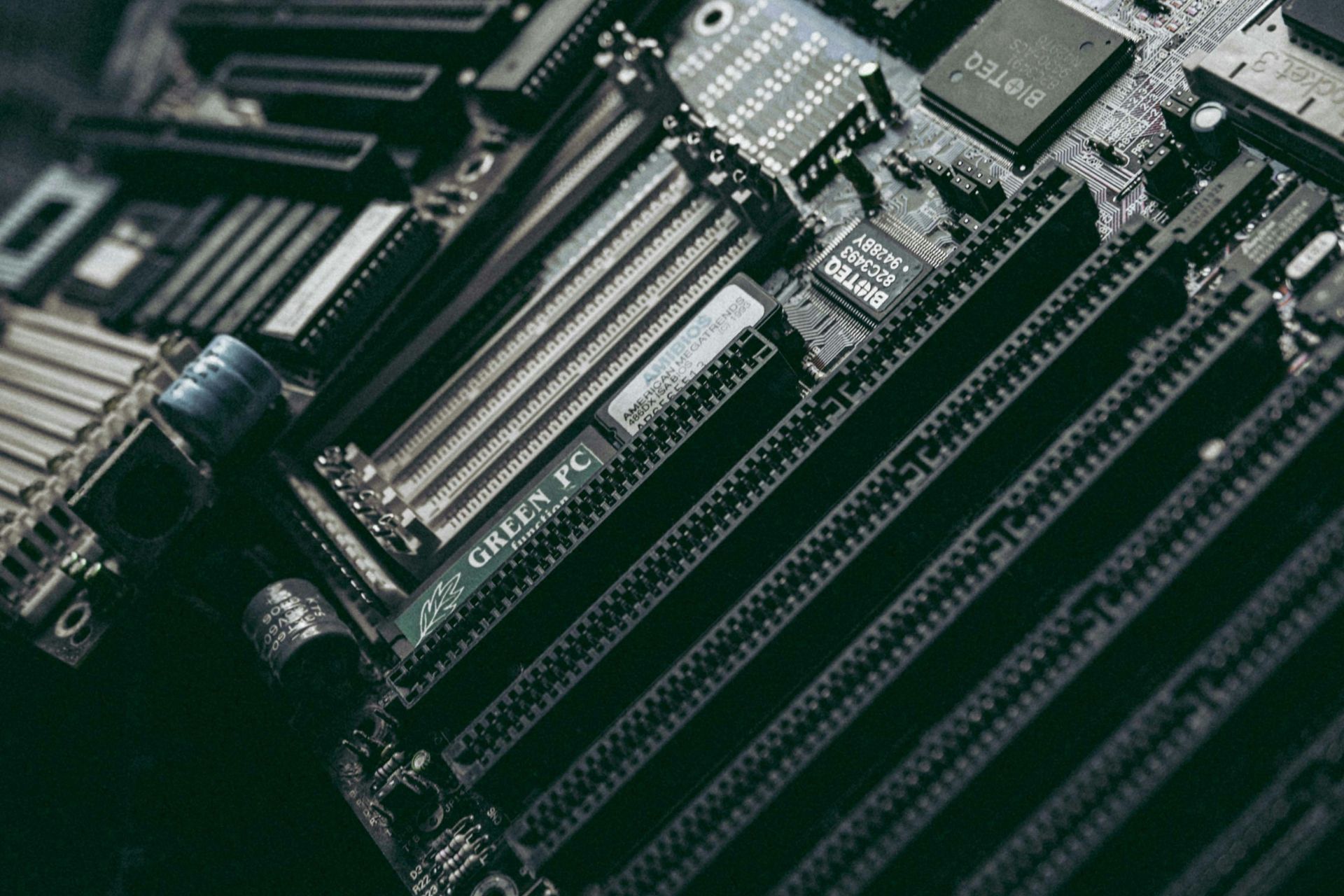5+ best Cyber Monday deals for all-in-one computers [HP, Dell]
Is it worth buying an all-in-one PC? It can if you land a superb deal to make your day
7 min. read
Updated on
Read our disclosure page to find out how can you help Windows Report sustain the editorial team Read more
Key notes
- Is Black Friday a good time to buy a computer? We say it's the best time to make those big purchases you dreamed of all year.
- However, a little research is required to make sure you grab the biggest discount out there.
- So take your time and explore these superb Black Friday all-in-one computer deals thoroughly!
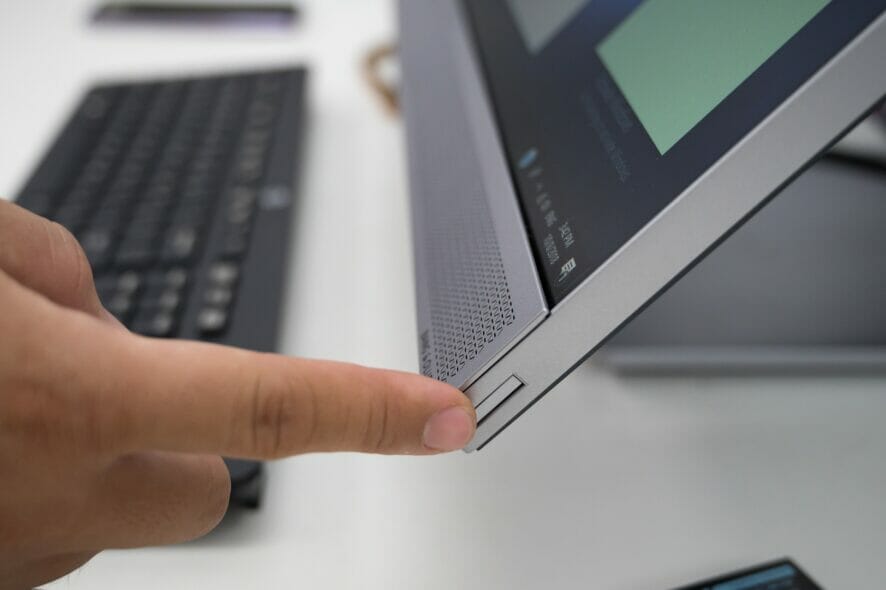
If you are looking for a PC for your home that can be used by your kids and other family members, then an All-in-One computer is an excellent choice.
An all-in-one PC is a compact machine that occupies less space on your desk. A Windows 10 desktop PC will always take more space, be louder, and will not be so portable, but because of the extra space, more powerful components can be added to them.
The same principle applies to Windows 11 desktop PCs, but the newly-designed OS will surely make the experience more engaging.
Most of the hardware components (CPU) are stuffed inside the display panel or a small deck attached to the display to save space.
Even though we had some deals available for AIO computers on CyberMonday, the deals presented here are updated with the latest results available.
As a result, there are no wires to deal with. If you are in the market for the best all-in-one computer, this is the right time to bring home an all-new PC.
Note: All the prices and offers in this article are subject to change, so be sure to check the official product page to get the latest deal. If the product or offer you’re looking for is no longer available, you can try to find it on its official manufacturer page or get another one from our list.
Which computer is best for all-in-one?
Dell Inspiron 7700
- Intel Core i7-1165G7 CPU
- Intel Iris Xe GPU
- 12GB DDR RAM
- 256GB PCIe NVMe SSD + 1TB SATA HDD
- GPU is good but could be better
This great 27-inch all-in-one computer has a resolution of 1920 x 1080 and uses a great anti-glare narrow border which allows for wide viewing angles, thus ensuring that your teammates or family can see the display just as clearly as you do, even if not centered in front of the display.
The 11th Gen Intel Core i7-1165G7 CPU ensures that you can run any application on this device without worrying about lagging or losing any time. The 12MB caches ensure that this CPU can reach speeds of 4.7 GHz without any issues.
To ensure that you can run multiple applications at the same time, this system comes with 12GB DDR RAM, which is more than enough for everyday usage and can even deal with some games.
When it comes to storage space, you get a 256GB PCIe NVMe SSD, and an added 1TB SATA HDD, giving you enough space to store all your data, family pictures, software, and apps, without the need to worry about this factor.
The Intel Iris Xe GPU is capable enough to deal with all common tasks and will complement the Windows 11 design perfectly, allowing you to get the full experience.
Acer Aspire C27-962-UA91
- Intel Core i5-1035G1 CPU
- Nvidia GeForce MX130 GPU
- 12GB DDR RAM
- 512GB NVMe M.2 SSD
- Storage space could be bigger
The Acer Aspire C27 is another great all-in-one PC available on the market, and it uses a powerful i5-1035G1 CPU to power the entire system and is capable of running any sort of application you want, including 3D-rendering software, image editing apps, etc.
This 27-inch device’s display has a great display area, with Full HD quality, and a resolution of 1920 x 1080, allowing you to take full advantage of the powerful Nvidia GeForce MX130 GPU with 2GB of GDDR5 memory.
When it comes to multitasking capabilities, the Acer Aspire C27 didn’t disappoint at any level, being capable of running a wide range of multiple applications at the same time, using the built-in 12GB DDR RAM.
In the storage department, this device includes a 512GB NVMe M.2 SSD, which should be enough to store most of the data you need on it, and can be extended with an external SSD as well if needed.
The two built-in stereo speakers ensure that you don’t need to connect any other speaker system to your device, and also come with an HD High-Sense webcam, a wireless keyboard, and mouse, and Windows 10 Home pre-installed.
MSI Modern AM241P
- i5-1135G7 CPU
- 8GB DDR4 RAM
- 256GB M.2 NVMe SSD
- Wi-Fi 6
- Small storage space
The MSI Modern AM241P all-in-one desktop features a 23.8-inches FHD IPS-Grade LED display, making it perfect for watching your favorite shows, everyday usage, and even color-intensive games and image editing.
Everything is powered by an Intel Core i5-1135G7 CPU, which offers more than enough power to use it all day, and even for some games.
The 8GB RAM ensures that your system will not lag when running multiple applications at the same time, and will be enough to deal with any resource-intensive applications without any hiccups.
Even though it lacks some storage space, with just 256GB SSD installed, you can always extend this capability by using a powerful SSD external storage, or, if you’re interested in a cheaper alternative, a USB 3.0 HDD as well.
To round this device off, you get a 3-year warranty, Windows 10 Pro installed from the start, and can enjoy high internet speeds with the Wi-Fi 6 capability of this device.
Dell Inspiron 5490
- Windows 10 Home
- 8GB memory and 1TB SATA HDD
- 10th generation Intel Core i3 processor
- 23.8-inch FHD (1920 x 1080) anti-glare display
- Problems with the headphones jack
Dell Inspiron 5490 is a great 23.8-inch all-in-one PC with plenty of power and a great Full HD touch display. The system runs with an Intel i3 processor but it’s a 10th-generation one that works great in tandem with the 8 GB DDR4 memory.
It looks great and it comes with a keyboard, mouse, and built-in speakers so it’s ready to work straight out of the box. It comes with HDMI, USB-C, and USB 3.0 ports.
Lenovo IdeaCentre AIO 3
- 90% more screen to eliminate distractions
- Numerous ports available to attach all your peripherals
- AMD Ryzen processors with Radeon graphics
- Tiltable design to fit the right angles
- Power brick generates clutter
IdeaCentre AIO 3 might just be the best all-in-one PC out there. Powered by AMD Ryzen processors, this machine will bring the much-needed boost in performance you were hoping for by accelerating pretty much everything.
From entertainment to work-related tasks, you are bound to get more out of your computer in terms of viewing as well thanks to the FHD display, 90% screen-to-body ratio, and wide-angled design.
You can even tilt the PC to perfectly suit your everyday needs and attach a wide range of peripherals – numerous USB 3.1 and 2.0, HDMI, and a 3-in-1 card reader will make this easy for you.
HP All-in-One 24-F1040
- 8 GB of RAM and AMD processor
- Full HD WLED-backlit micro-edge widescreen
- Privacy-focused webcam with on/off switch
- Dual-core AMD RYZEN processor
- Issues with updating Windows 10 BIOS
The HP 24-f1040 is an all-in-one computer offering all the hardware integrated into a 24 inches full backlight display.
The processing is handled by an Intel Pentium Silver J5005 unit paired with 8GB of RAM and 1TB of a hard drive for storage. It runs on Windows 10 OS out of the box.
The I/O options include a DVD writer, USB 2.0 / 3.1 ports, Ethernet, HDMI ports, and a headphone jack.
How we chose the best AIO computer for this year?
Our team of expert testers, with a combined experience of 15 years, has tackled a variety of testing tasks for any device you could imagine.
Their experience comes into play as a very important element when choosing the products we described in this guide, and a large variety of factors have been taken into consideration.
The options that have been chosen offer great quality and cover the entire spectrum of price ranges, thus enabling everybody to find something that fits their needs both financially and otherwise.
So, these are some of the best all-in-one computers you can buy this season, ensuring that you will have a compact and efficient device that will offer you almost every feature that a full-on bulky desktop computer will.
That being said, if you are aiming for great processing power, then a desktop PC with multiple-monitor capability might be the better choice for you.
Feel free to share your choice with us by using the comment section below.

